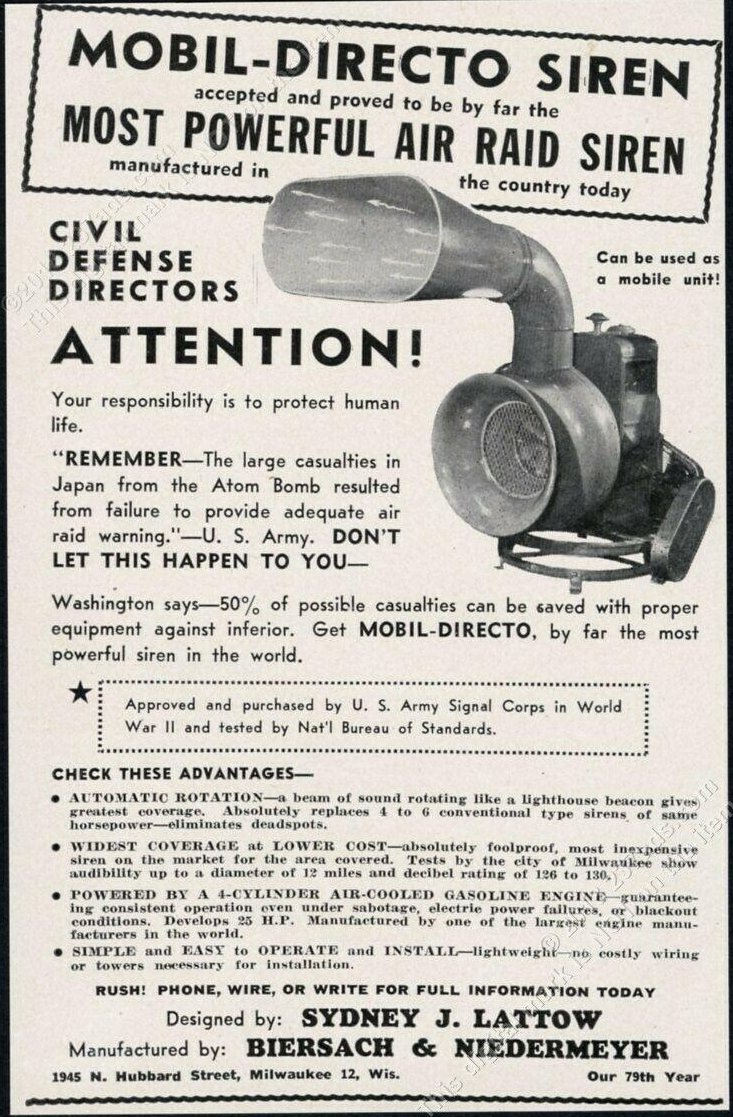Yeah, I can tell they're not worth anyone's time. Blocked 'em.
Snowpix
Yeah, that's pretty common for small jobs like this one around here. I'm guessing the train isn't long enough to warrant an EOT device.
Or you could lighten up and stop pretending like the whole industry is beneath you. I hear life is a lot less miserable that way. But hey, what do I know?
Who said anyone felt attacked? It's far more likely to be a passing observation to your comment which does come across that way.
This is OUTRAGEOUS! I am shocked and appalled.
Are you on drugs? How can a siren from the 1950s spy on you?
That is true!
I'm not sure there are enough people who would be interested in my niche hobbies (locomotives and outdoor warning sirens) to warrant communities for either lol. Trains maybe, definitely not the other.
They aren't always defederated. Most users can still use conservative@lemm.ee, but most don't bother because absolutely nothing ever gets through to the conservative users of that community no matter what sources or evidence to support arguments are used. It's like talking to a brick wall. Some of the users like MomoTimetoDie are outright hostile.
A song about the infamous East of Adelaide area of London, Ontario which is notoriously run-down compared to the rest of the city. A lot of the things mentioned in the song will sound very familiar to others who have lived in similar trashy neighbourhoods. The song became popular enough in London that one of London's former mayors, Joe Fantana, played the song with the band on the drums.
With or without butter? Gotta know if I'm getting my money's worth here.








Summoning Salt theme intensifies